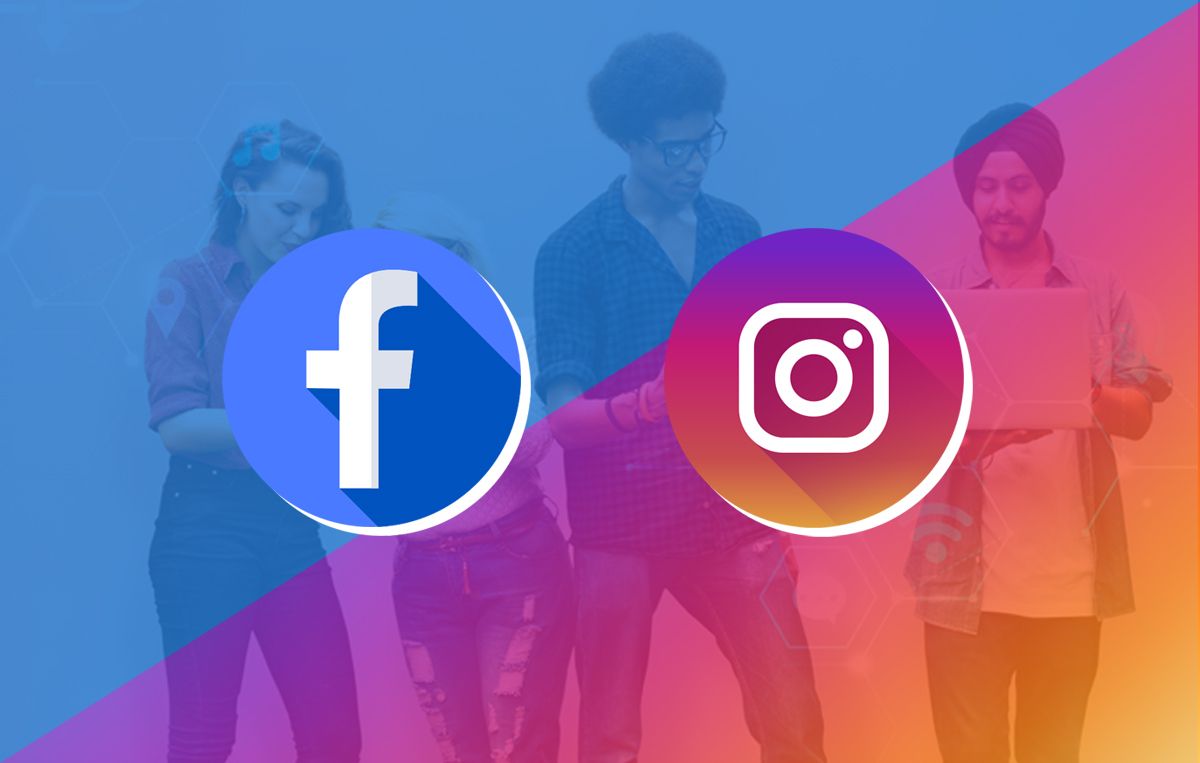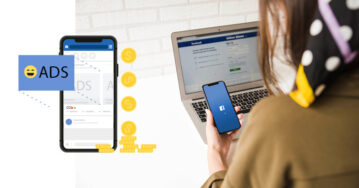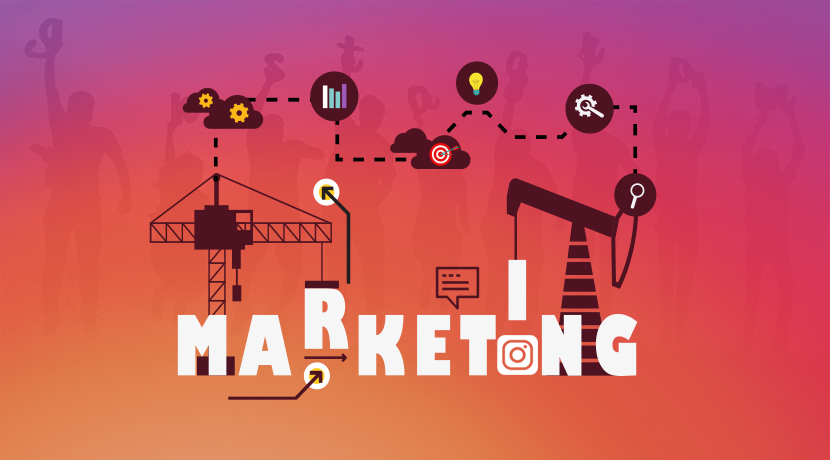It is no secret that social media is often the go-to method if a brand is looking to advertise itself and reach new customers.
Among all the social media platforms, Facebook and Instagram stand out from the rest. And why should they not? After all, both platforms have nearly 2 billion daily active users.
According to HubSpot’s Social Media Marketing Report, roughly 4 out of 5 marketers buy paid advertising on Facebook. The same report also reveals that while Instagram is behind Facebook in terms of marketer activity, the platform is set to attract more marketers in the future.
However, between the two, which would be a better option if you wish to dedicate some of your marketing budget to run ads?
As expected, both Facebook and Instagram ads have their pros and cons, meaning that brands have to analyze what they wish to achieve with an advertising campaign.
Managing Facebook and Instagram Ads
Facebook’s Ads Manager lets you manage both Instagram and Facebook ads from a single location. The built-in report system is there to track the results, and it also comes with the option to download the results for safekeeping.
Some marketers take the approach of trying both Facebook and Instagram ads, whereas others test one first and see how it goes. Depending on the results, they might switch from Instagram ads to Facebook ads and vice-versa.
Of course, with limited resources, one might feel reluctant to go all-in and spend everything on one method. Ideally, you want to try both to get a better understanding of what each of the two has to offer.
Unfortunately, in some cases, a brand might only have enough resources to spend on either Facebook or Instagram ads.
Given the limitations, it makes sense to know the differences between Facebook and Instagram ads so that you know what to expect.
5 Differences Between Facebook and Instagram Ads
Naturally, the two platforms are different, so it is to be expected that you will run into obstacles and scratch your head trying to figure out what you should do next.
Let’s take an in-depth look at how Instagram and Facebook ads differ from one another and what you can realistically expect from both options.
1. Ease of Use
It is worth pointing out that Facebook ads are more intricate. If you are not going to hire a campaign manager and plan to do everything yourself, prepare to encounter quite a few optimization options on Facebook ads. You will need to:
- Install the Facebook pixel, which is a tracking tool to gain insights on the customers that click on your ads, and this extra information could be overwhelming at first
- Rely on Facebook algorithm and the Dynamic creative feature that require further understanding to get the most out of Facebook ads

- Tinker with the campaign budget optimization and bid strategies to min-max the results
- Fine-tune lookalike audiences and exclude selected audiences where necessary
- Set up automated rules—a feature to create scaling opportunities for your Facebook ads campaign
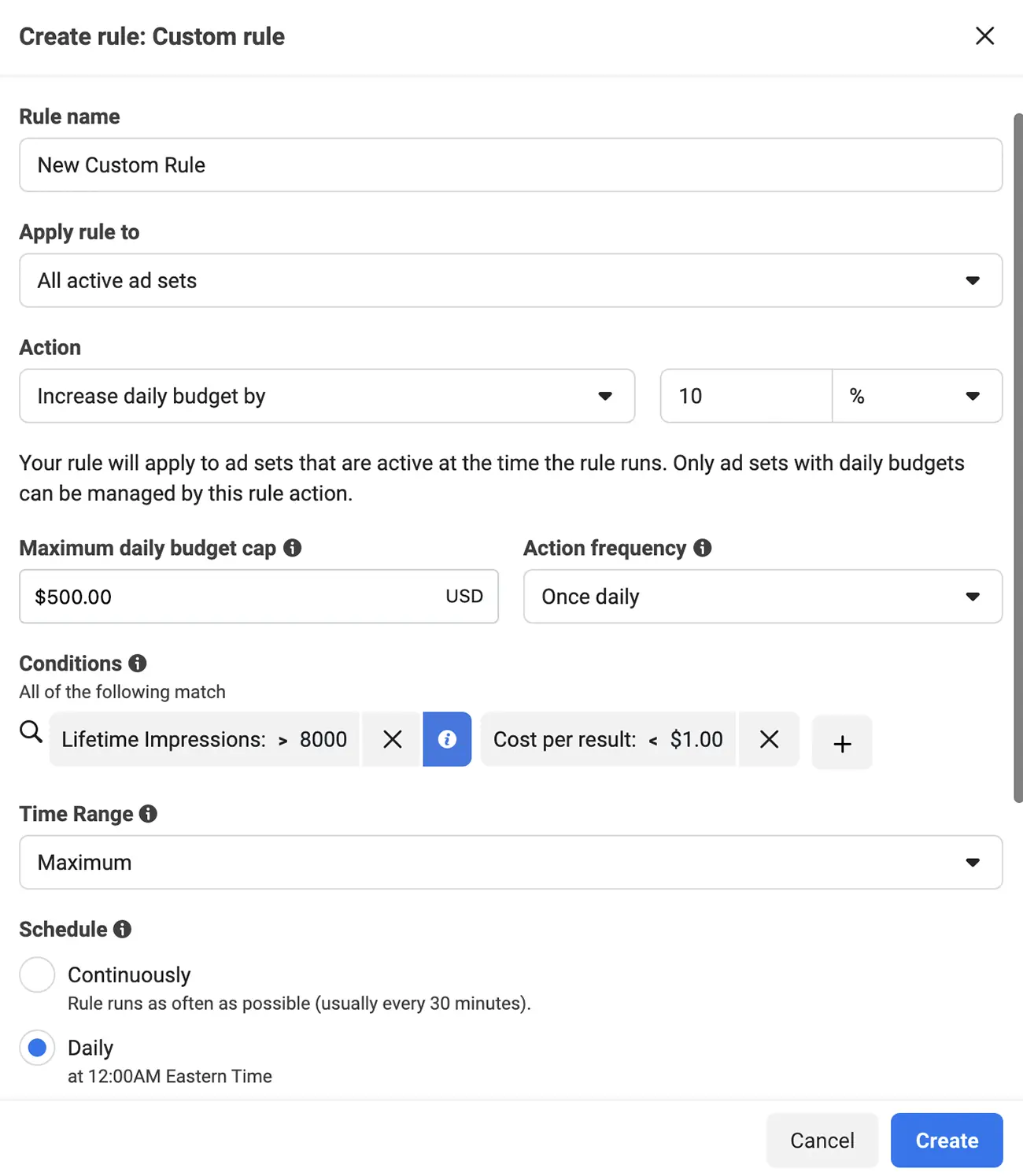
Instagram ads, meanwhile, are a bit easier to get into because of a simpler interface and fewer options. Unlike Facebook ads, Instagram ads are more straightforward due to the fact that users do not have to complicate themselves with an extensive list of tools and features. Naturally, the learning curve is not as steep with Instagram.
All in all, Instagram ads are arguably the better option for beginners because they are easier to work with. Those who are new to advertising would be better off testing the waters with Instagram first to see how they do. Once you start to get the hang of things, you can jump into Facebook ads.
Tip SocialPilot has excellent beginner guides for Facebook Ads and Instagram Ads. You can use them as a reference to get the basics down.
2. Reach
The number one goal behind a marketing campaign is to reach more leads and convert them into customers.
Marketing Dive published a study and revealed that 1/3 of Instagram users had bought directly from an ad. The number is a bit surprising in terms of how high it is, but it is worth noting that many Instagram users follow brands and are more likely to convert.
Instagram has younger demographics compared to Facebook and pulls ahead when it comes to branded advertising content. For brands that promote goods via strong visuals (think of food or apparel), it makes sense to focus on Instagram ads.
That is not to say that Facebook is much worse in terms of reach. Facebook has more users than Instagram, and you have a wider reach. However, if a brand is trying to target Gen Z and younger demographics, sticking to Instagram is a better option.
3. Costs
Costs are arguably the most important aspect when a brand is trying to come up with an efficient advertising campaign.
Since Instagram advertisers are trying to appeal to younger audiences, they often face competition, which means having to invest more money to stand out from the competition.
According to Social Insider, the average cost per click (CPC) on Facebook is about $0.50. Instagram, meanwhile, is more than double at around $1.10.
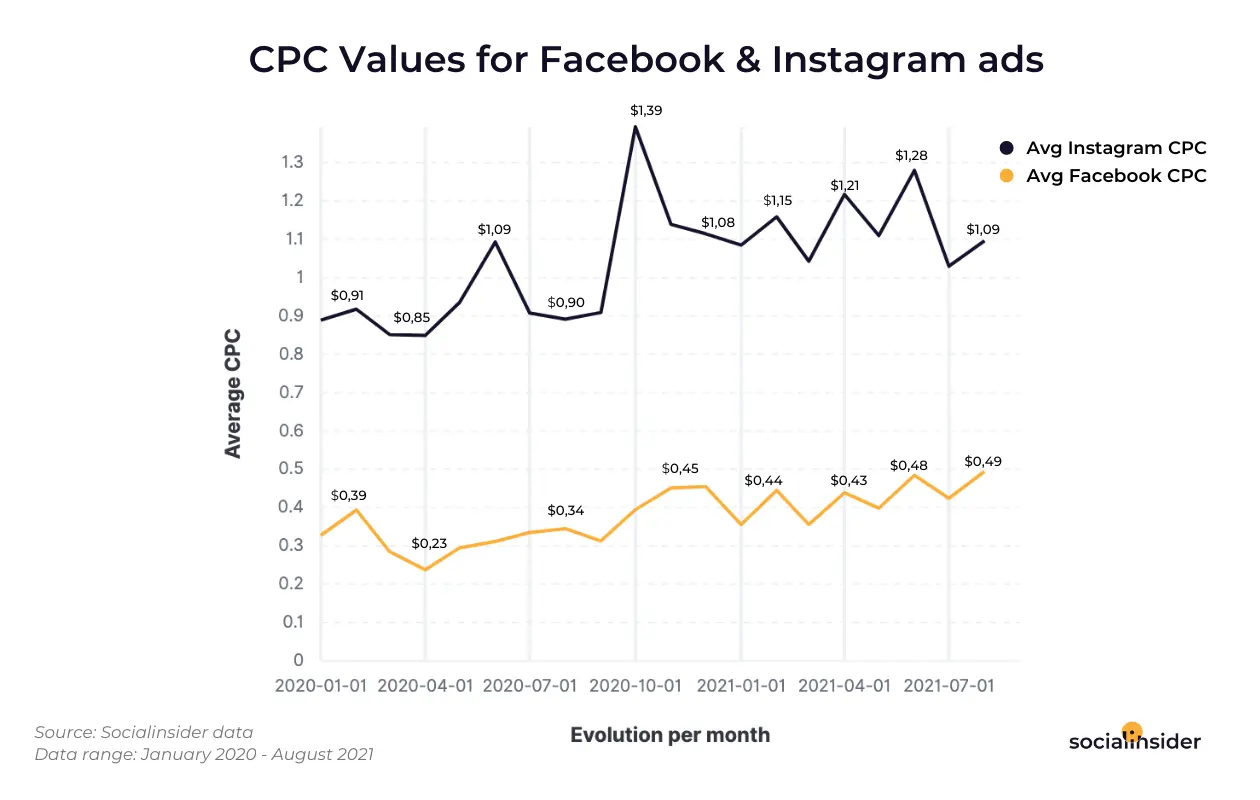
Of course, CPC is not the be-all and the end-all metric. ROI gives a better story. Comparing the click-through rate (CTR) between Instagram and Facebook ads, it is clear which platform comes out on top.
The same study by Social Insider shows that an average CTR on Facebook is 3.06%, while Instagram CTR is 0.68% percent. Almost 5 times is significant, and it is pretty clear that Facebook is far superior because the ads are cheaper and offer a much better ROI.
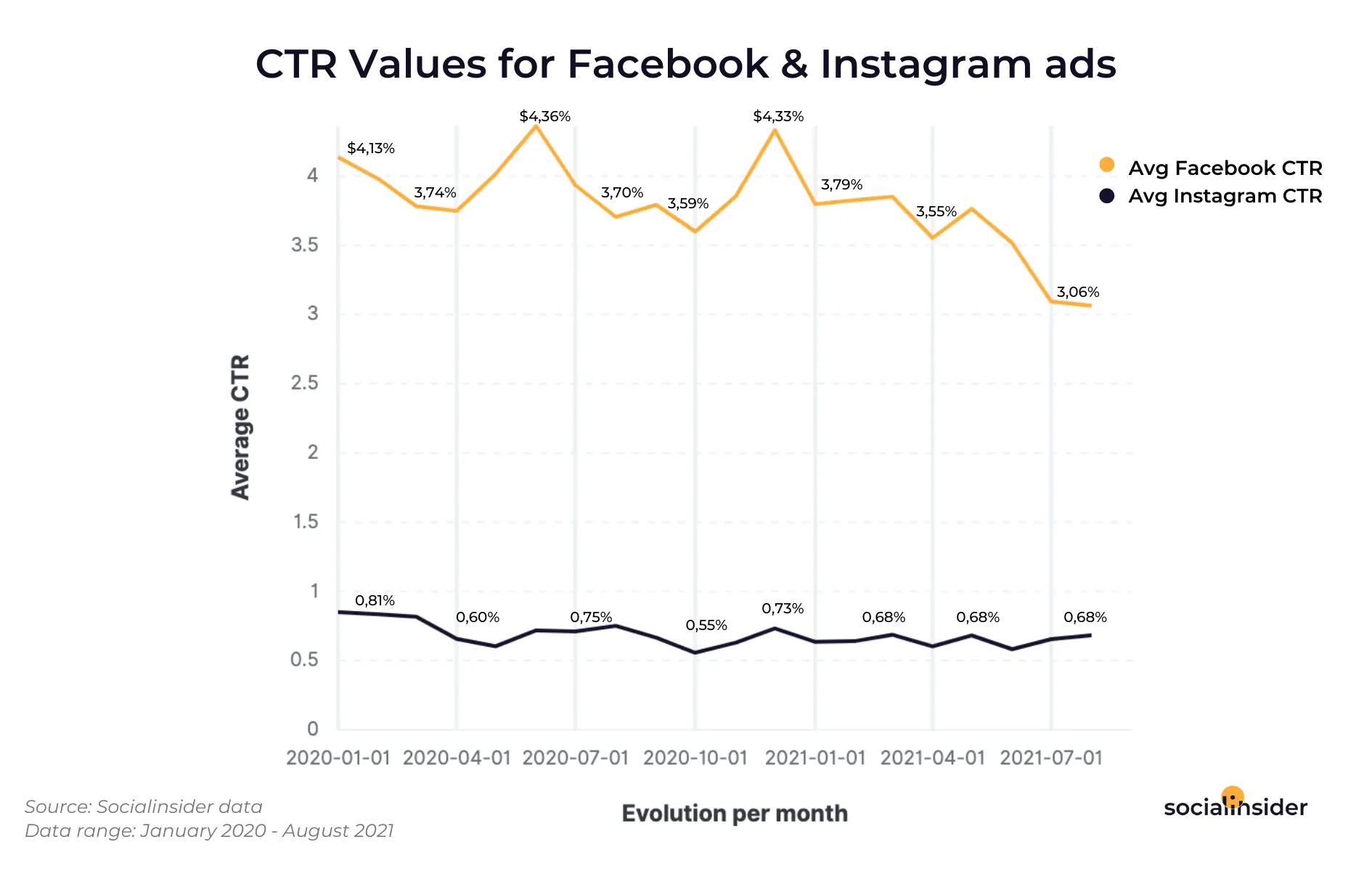
4. Advertising With Videos
Instagram is not really behind Facebook in terms of video advertisements. However, Facebook videos can be much longer than Instagram’s.
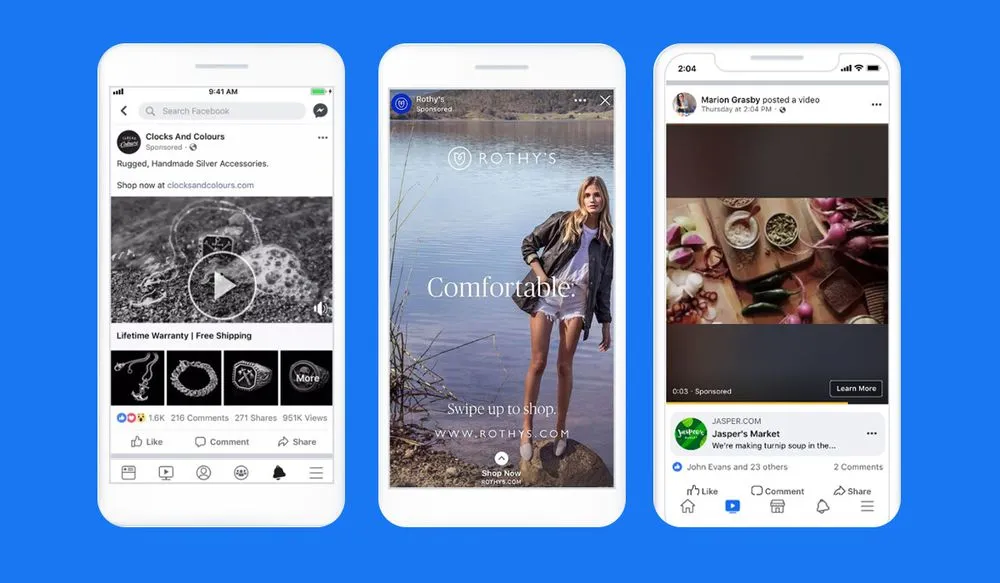
Instagram video ads are limited to 60 or 15 seconds (depending on which format option you pick), which is a real bummer considering how little time you have to work with.
Say that you want to promote computer software. The odds of fitting everything you want into 60 seconds are more or less impossible, particularly if the software has multiple features advertisers want to cover.
If you were to compare static images, Instagram takes the cake in this aspect because the platform was created specifically for images. As already mentioned, certain types of brands that excel in visual appeal will have an easier time making the most out of Instagram: Some examples of such brands include:
- Food
- Jewelry
- Apparel
- Cosmetics
- Travel
5. Content on the Feed
Continuing with the point about advertising with visuals, the two platforms have 3 distinguishable ad types:
- Link insertion into already existing content
- Single media content, including videos, images, or slideshows
- Carousels—a type of ad with scrollable videos or images
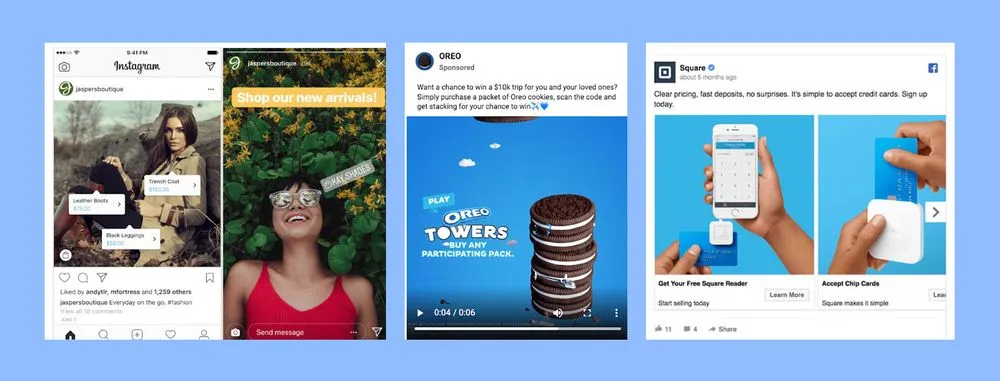
Unfortunately, Instagram ads are not as flexible as Facebook ads. With the former, advertisers cannot utilize in-caption clickable links. Instead, they have to use CTA buttons to insert a landing page URL.
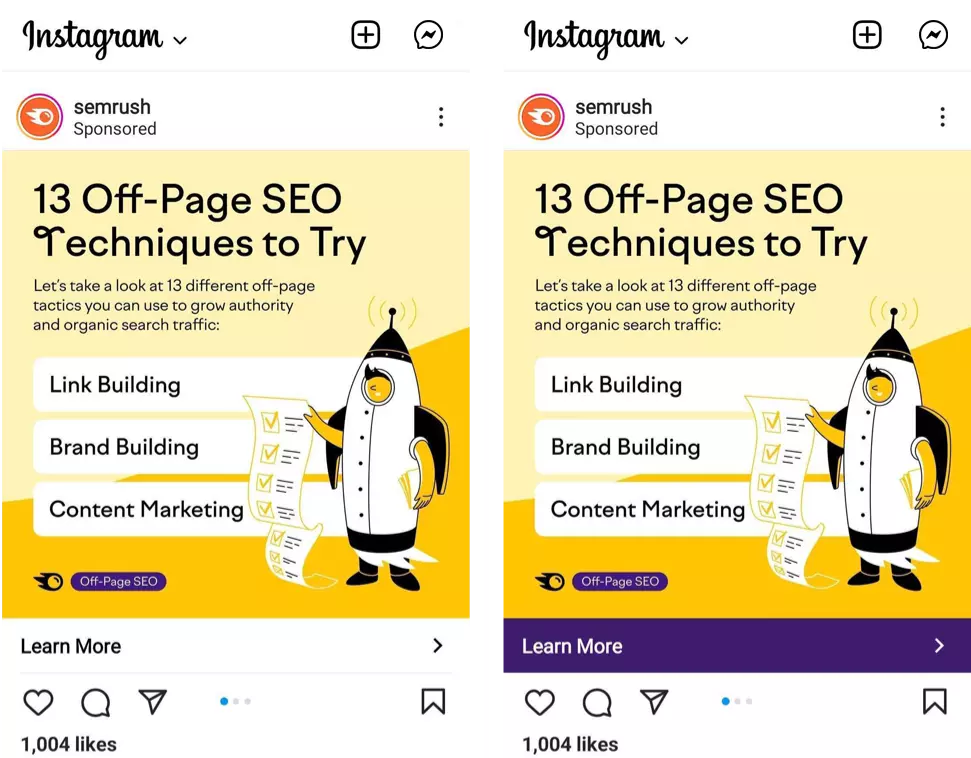
Note that It is also crucial to examine your ads. Demographics, content type, current trends, your goals, and other factors affect the outcome of ads. Therefore, consider how to approach different social media platforms when creating ads. You can modify your ad settings in the Facebook Ads Manager that is used for both Facebook and Instagram ads.
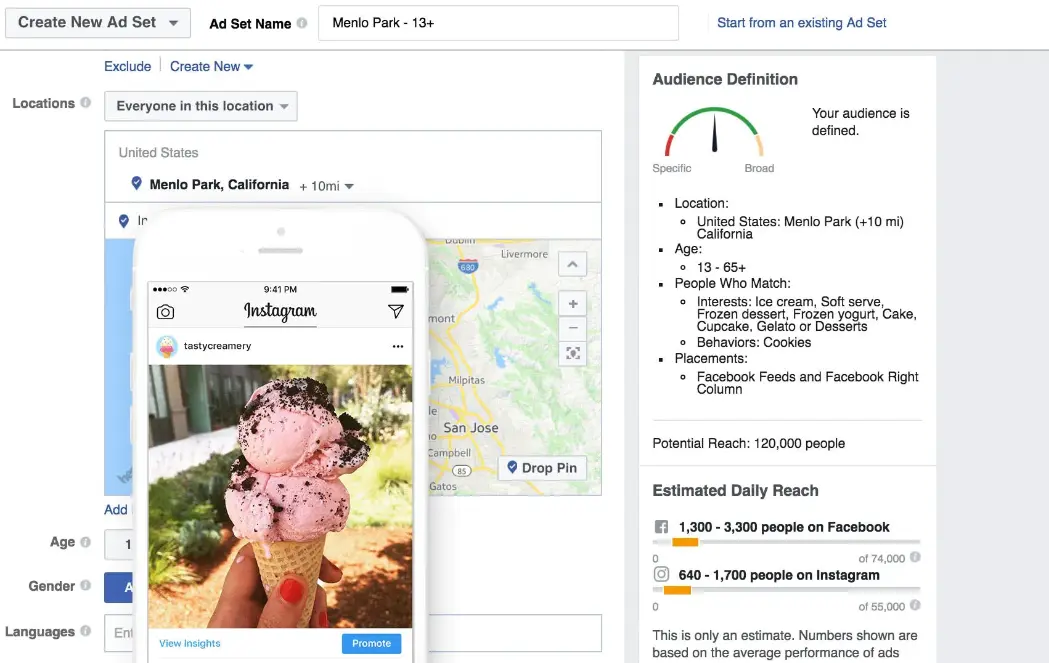
For Facebook, it is common to build around behavior that encourages interactions between friends and family. The content needs to be shareable. Detailed blog posts and case studies are good examples of such content.
Look how Design Pickle, a graphic management platform, effectively promotes their latest guide with the help of a Facebook ad.
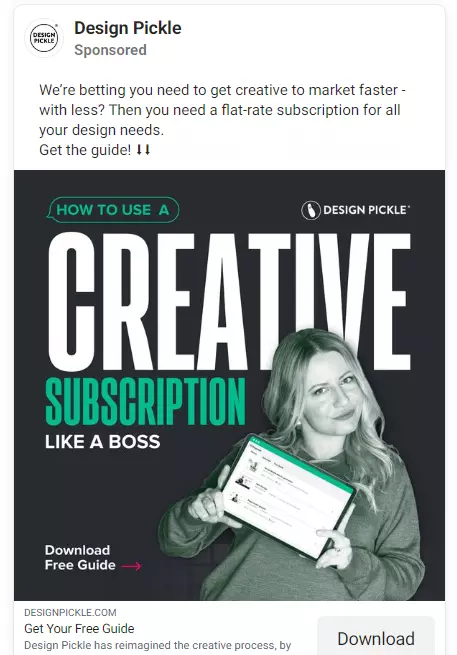
For Instagram, the platform’s users are interested in visuals. Advertisers have to prioritize compelling images. A blog article is unlikely to perform on Instagram, whereas an infographic would be a different story.
Zap Food, a grocery delivery app, leveraged the visual power of Instagram to explain its app with the help of an Infographic in the carousel format.
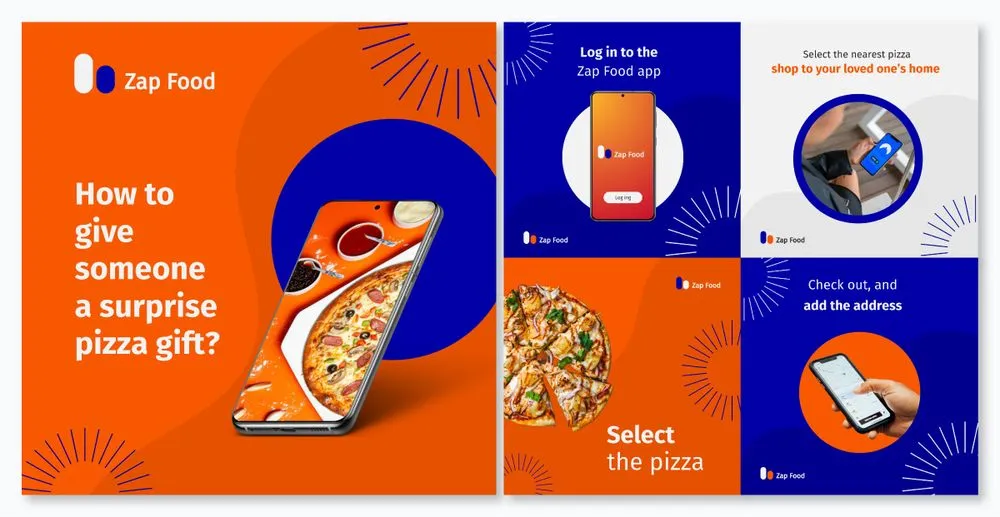
Closing Thoughts
Considering how both Instagram and Facebook ads are valuable for different brands, it should not come as a surprise to see so much interest in relying on these platforms while creating advertisement campaigns.
The first step is to understand what Facebook Ads and Instagram ads bring to the table and how they differ from one another. After that, it comes down to your approach and rigorous testing to determine what works and what does not.
